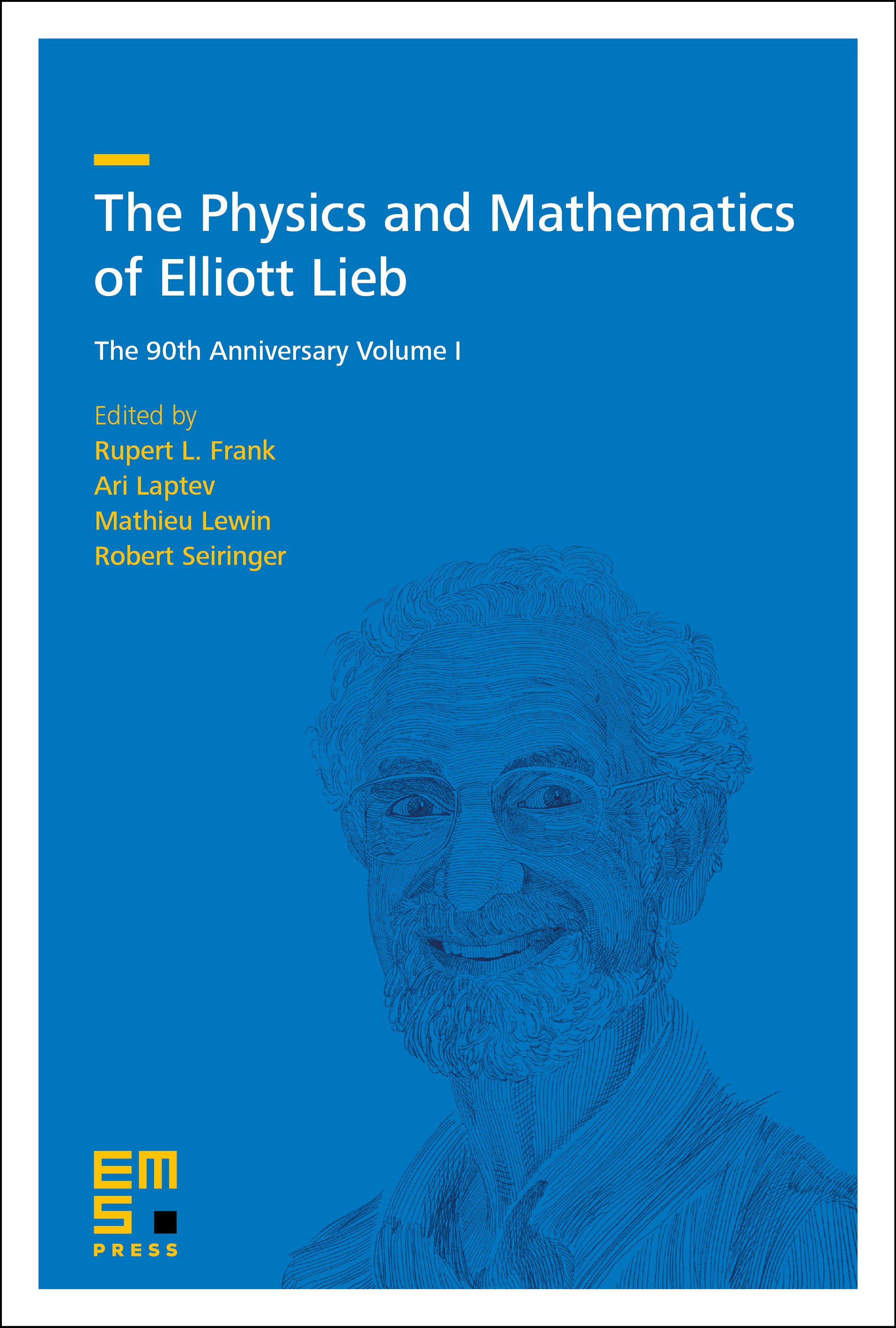Quantum number towers for the Hubbard and Holstein models
James K. Freericks
Georgetown University, Washington D.C., United States of America

A subscription is required to access this book chapter.
Abstract
In 1989, Elliott Lieb published a Physical Review Letter proving two theorems about the Hubbard model. This paper used the concept of spin-reflection positivity to prove that the ground state of the attractive Hubbard model was always a nondegenerate spin singlet and to also prove that the ground state for the repulsive model on a bipartite lattice had spin \( \big{|}|\Lambda_{A}|-|\Lambda_{B}|\big{|}/2 \), corresponding to the difference in number of lattice sites for the two sublattices. In addition, this work relates to quantum number towers—where the minimal energy state with a given quantum number, such as spin, or pseudospin, is ordered, according to the spin or pseudospin values. It was followed up in 1995 by a second paper that extended some of these results to the Holstein model (and more general electron-phonon models). These works prove results about the quantum numbers of these many-body models in condensed matter physics and have been very influential. In this chapter, I will discuss the context for these proofs, what they mean, and the remaining open questions related to the original work. In addition, I will briefly discuss some of the additional work that this methodology inspired.